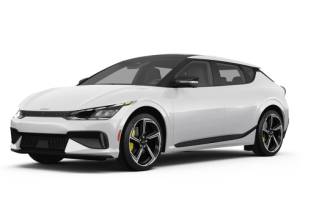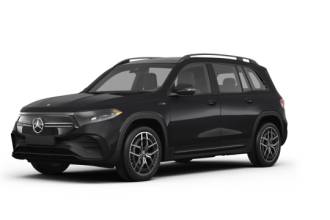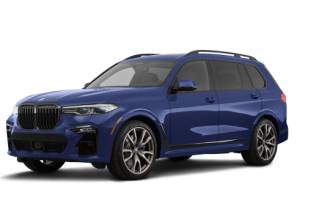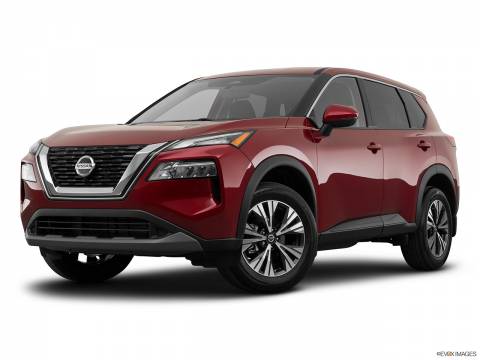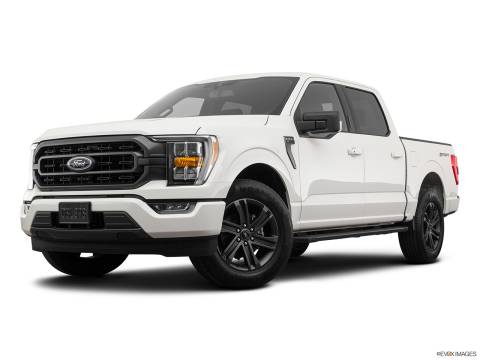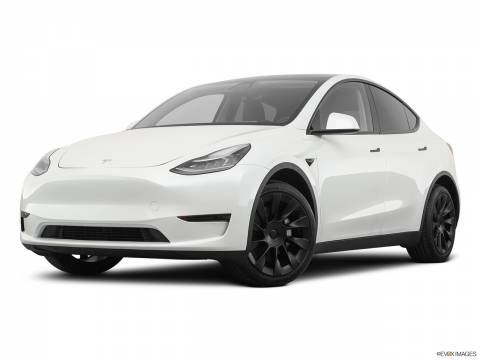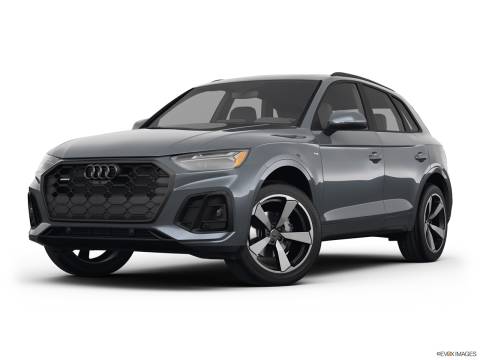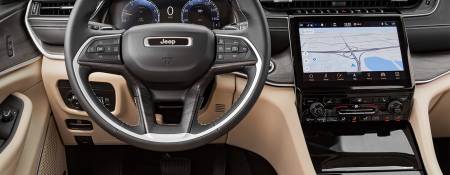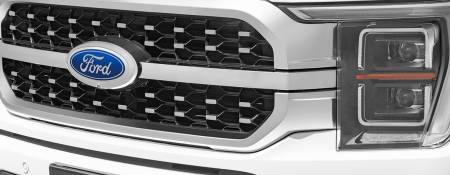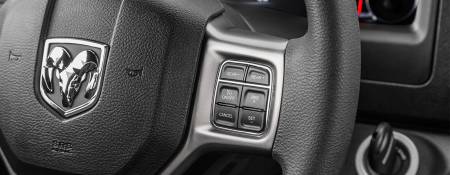Safety is a big concern on the roads, no matter where you are. Either if you are traveling, commuting every day to work or on a family trip, you want to feel safe. On the following article, I will refer to a few good sources of information regarding Road Safety Stats and a few tips that will help you better understand your vehicle. And right at the end, the list of the Safest Cars 2017 that you can base on to make your final decision.
Technology Results in Safest Cars & Roads
And by saying this, I'm not intended to create a false sense of confidence, but this is a positive consequence of the long term introduction of technology and safety systems on vehicles. Yes, it is safer to drive today than what it was 20 years ago. Both the amount of accidents and fatalities where vehicles are involved have been reducing year after year for the last two decades.
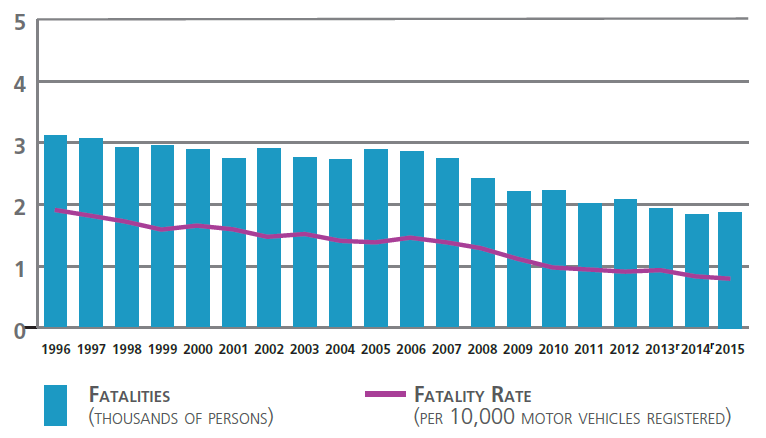
According to Canada Statistics, the Fatality Rate on car accidents has reduced to half in the last 20 years.
Still, you need to Understand your Vehicle
Being informed is the first safe step you have to take. The same way you hear over and over again the emergency procedures of an airplane when you fly, you should know the ones related to your vehicle.
"What happens when you car impacts or gets hit by someone else on the road?" That is one of the first things you need to know about your vehicle: how safe it is, what are the weakest spots and how preferably would be to impact something when it is unstoppable and imminent.
Understanding how your vehicle behaves in the worst scenarios can be crucial for your safety and the other passengers. Safest Cars matter, but you need to know "how safe" these are.
While manufacturers run a lot of crash tests during the model development process, it is better to go for a neutral organization like the Insurance Institute for Highway Safety (IIHS), in the United States. When it comes to safety test, the IIHS is the primary de facto standard reference in North America.
Most Popular Indicator: Impact Tests
They take care of running a set of impact tests on vehicles using different cameras, scenarios and dummy objects to study vehicle behaviors and come up with a report that "rates" how safe a car is.
As specified at the IIHS Rating page, Safest Cars are classified into 2 groups:
To qualify for 2017 TOP SAFETY PICK, a vehicle must earn good ratings in five crashworthiness tests — small overlap front, moderate overlap front, side, roof strength and head restraints — as well as an advanced or superior rating for front crash prevention.
To qualify for 2017 TOP SAFETY PICK+ (TSP+), a vehicle must earn good ratings in the five crashworthiness tests, an advanced or superior rating for front crash prevention and an acceptable or good headlight rating.
The TSP+ classification in the following list is based on specifically available sub-models. Use as a reference.
The crash test is one of the most traditional ways of studying how cars react under accident scenarios.
2017 Top Safety Pick
Following the full list of Top Safety Pick cars in 2017. Use as reference and verify all details on the IIHS Rating page,
Mini Cars
Small Cars
- 2017 Acura ILX
- 2017 Honda Civic Coupe
- 2017 Honda Civic Sedan
- 2017 Hyundai Elantra (TSP+)
- 2017 Kia Forte (TSP+)
- 2017 Lexus CT 200h
- 2017 Mazda 3 (TSP+)
- 2017 Mini Countryman
- 2017 Nissan Sentra
- 2017 Subaru Crosstrek
- 2017 Subaru Impreza (TSP+)
- 2017 Subaru WRX
- 2017 Toyota Corolla (TSP+)
- 2017 Toyota Prius (TSP+)
- 2017 Volkswagen Golf
Mid-size Cars
- 2017 Chevrolet Malibu
- 2017 Ford Fusion
- 2017 Honda Accord Coupe
- 2017 Honda Accord Sedan (TSP+)
- 2017 Hyundai Sonata
- 2017 Kia Optima (TSP+)
- 2017 Mazda 6 (TSP+)
- 2017 Nissan Altima (TSP+)
- 2017 Nissan Maxima (TSP+)
- 2017 Subaru Legacy (TSP+)
- 2017 Subaru Outback (TSP+)
- 2017 Toyota Camry (TSP+)
- 2017 Volkswagen Jetta (TSP+)
- 2017 Volkswagen Passat
Mid-size Luxury Cars
- 2017 Audi A3 (TSP+)
- 2017 Audi A4 (TSP+)
- 2017 BMW 2 series (TSP+)
- 2017 BMW 3 series (TSP+)
- 2017 Lexus ES 350 (TSP+)
- 2017 Lincoln MKZ
- 2017 Mercedes-Benz C-Class
- 2017 Volvo S60 (TSP+)
- 2017 Volvo V60 (TSP+)
Large Cars
- 2017 Buick LaCrosse
- 2017 Kia Cadenza (TSP+)
- 2017 Toyota Avalon (TSP+)
Large Luxury Cars
- 2017 Acura RLX
- 2017 Audi A6
- 2017 BMW 5 series (TSP+)
- 2017 Genesis G80 (TSP+)
- 2017 Genesis G90 (TSP+)
- 2017 Infiniti Q70
- 2017 Lexus RC (TSP+)
- 2017 Lincoln Continental (TSP+)
- 2017 Mercedes-Benz E-Class (TSP+)
- 2017 Volvo S90
Small SUV
- 2017 BMW X1
- 2017 Fiat 500X
- 2017 Honda CR-V (TSP+)
- 2017 Hyundai Tucson
- 2017 Kia Sportage
- 2017 Mazda CX-3 (TSP+)
- 2017 Mazda CX-5 (TSP+)
- 2017 Mitsubishi Outlander (TSP+)
- 2017 Nissan Rogue (TSP+)
- 2017 Subaru Forester (TSP+)
- 2017 Toyota RAV4 (TSP+)
Mid-size SUV
- 2017 GMC Acadia
- 2017 Honda Pilot (TSP+)
- 2017 Hyundai Santa Fe (TSP+)
- 2017 Hyundai Santa Fe Sport
- 2017 Kia Sorento
- 2017 Mazda CX-9 (TSP+)
- 2017 Nissan Murano
- 2017 Nissan Pathfinder
- 2017 Toyota Highlander (TSP+)
- 2018 Volkswagen Atlas
Mid-size Luxury SUV
- 2017 Acura MDX (TSP+)
- 2017 Acura RDX (TSP+)
- 2017 Audi Q5 (TSP+)
- 2017 Buick Envision (TSP+)
- 2017 Cadillac XT5
- 2017 Infiniti QX60
- 2017 Lexus NX (TSP+)
- 2017 Lexus RX (TSP+)
- 2017 Lincoln MKX
- 2017 Mercedes-Benz GLE-Class (TSP+)
- 2017 Volvo XC60 (TSP+)
- 2017 Volvo XC90
Comparison between the 2017 Genesis G90 and 2017 Volvo S90.
Large SUV
Minivan
Pickups
- 2017 Honda Ridgeline (TSP+)





